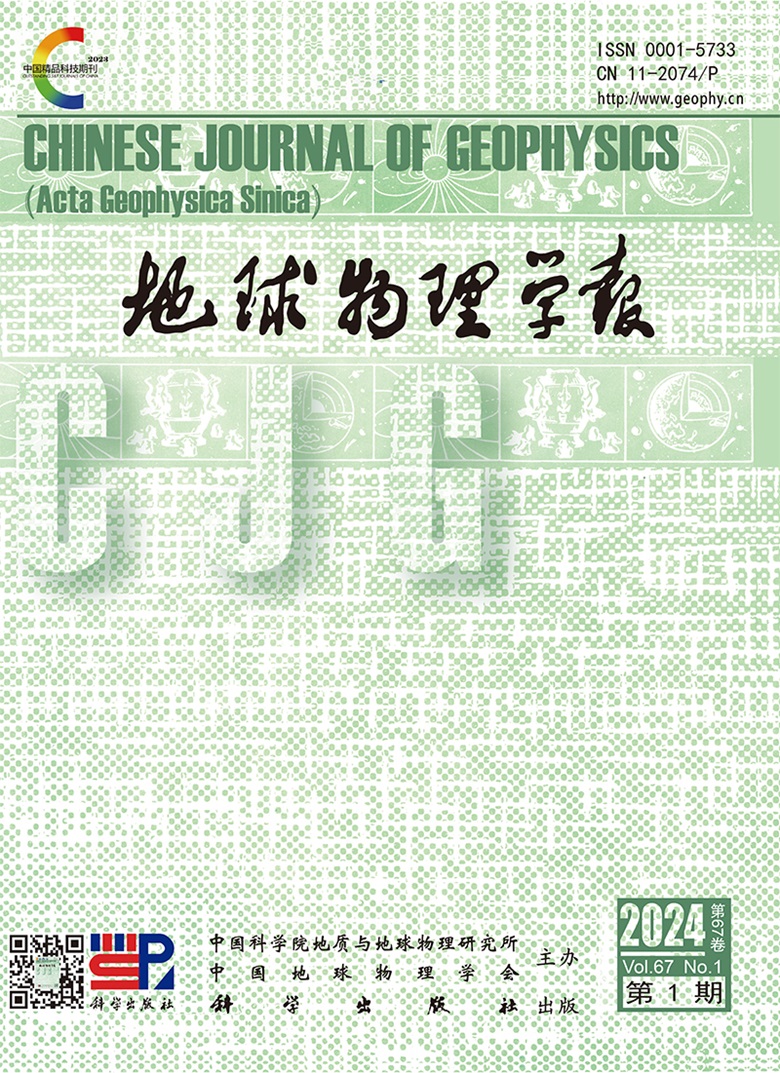Least‐Squares Reverse Time Migration in Visco‐Acoustic Media
IF 1.4
4区 地球科学
Q3 GEOCHEMISTRY & GEOPHYSICS
引用次数: 7
Abstract
As the subsurface medium is widely viscous, it is necessary to compensate absorption and to correct dispersion of seismic waves in true-amplitude pre-stack imaging. The instability problem encountered in conventional inverse-Q migration hinders the application of the method. In this work, imaging was treated as a linear inverse problem named least-squares reverse time migration (LSRTM). Firstly, we linearized the wave equation and defined the cost function. Then based on the derived equations of the adjoint wave propagation operator, iterative solution was derived using the adjoint-state method. At last dynamical phase encoding technology was used to reduce computation cost. This method breaks a new way for imaging in visco-acoustic media while avoiding the instability problem. The true-amplitude imaging results can be obtained while compensating absorption and correcting dispersion automatically. It is also a good way to suppress the imaging noise and correct amplitude unbalance caused by geometrical spreading or weak illumination. Compared with conventional reverse time migration (RTM), this method can yield results with higher resolution and lower imaging noise. The validity of the method was demonstrated by the numerical test on synthetic seismic data.粘声介质的最小二乘逆时偏移
由于地下介质具有广泛的粘性,在真振幅叠前成像中需要对地震波的吸收进行补偿和色散校正。传统的反q偏移所遇到的不稳定性问题阻碍了该方法的应用。在这项工作中,成像被视为一个线性逆问题,称为最小二乘逆时偏移(LSRTM)。首先,我们对波动方程进行线性化,并定义了代价函数。在导出伴随波传播算子方程的基础上,采用伴随状态法推导了伴随波传播算子的迭代解。最后采用动态相位编码技术,减少了计算量。该方法为粘声介质成像开辟了一条新途径,同时避免了不稳定性问题。在自动补偿吸收和校正色散的同时,获得了真振幅成像结果。它也是抑制成像噪声和纠正几何扩散或弱光照引起的振幅不平衡的好方法。与传统的逆时偏移(RTM)相比,该方法具有更高的成像分辨率和更低的成像噪声。通过综合地震资料的数值试验,验证了该方法的有效性。
本文章由计算机程序翻译,如有差异,请以英文原文为准。
求助全文
约1分钟内获得全文
求助全文

 求助内容:
求助内容: 应助结果提醒方式:
应助结果提醒方式:


